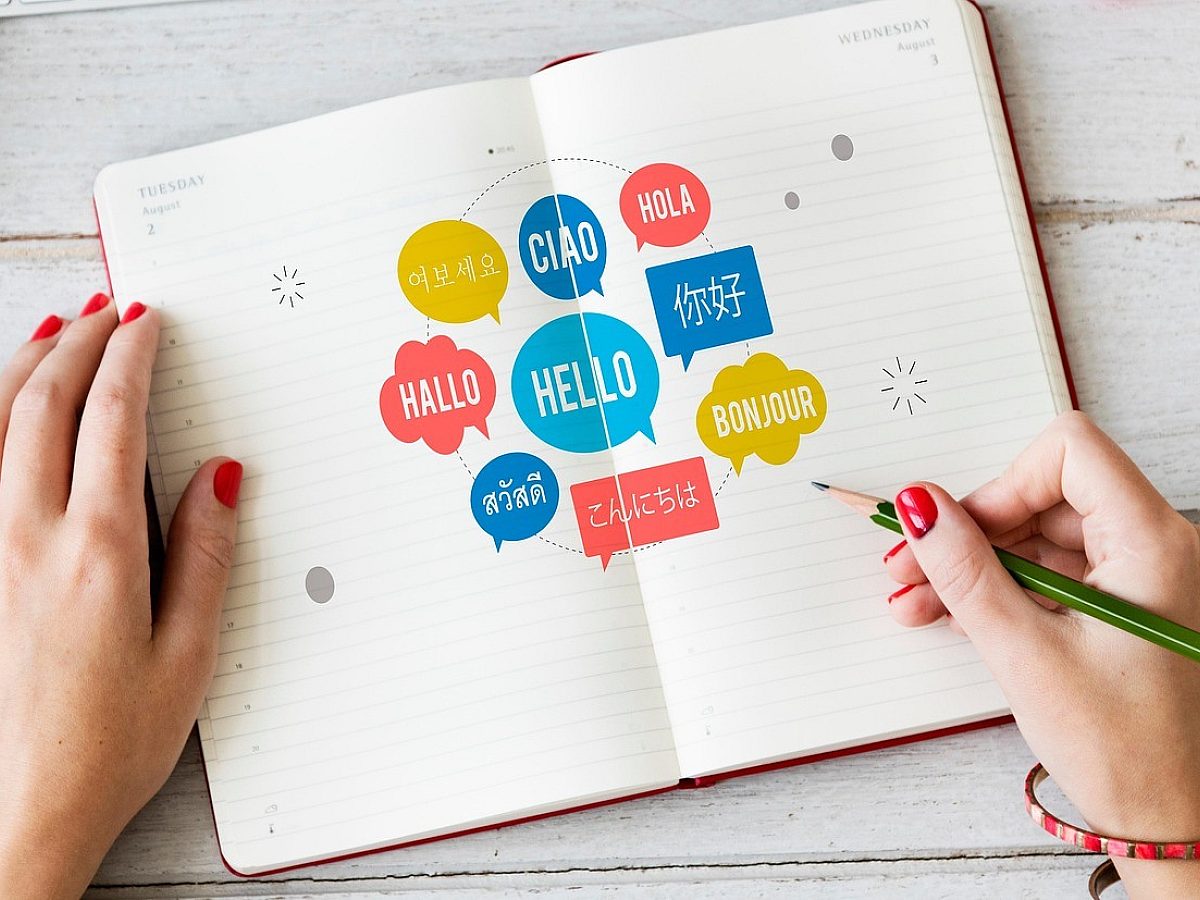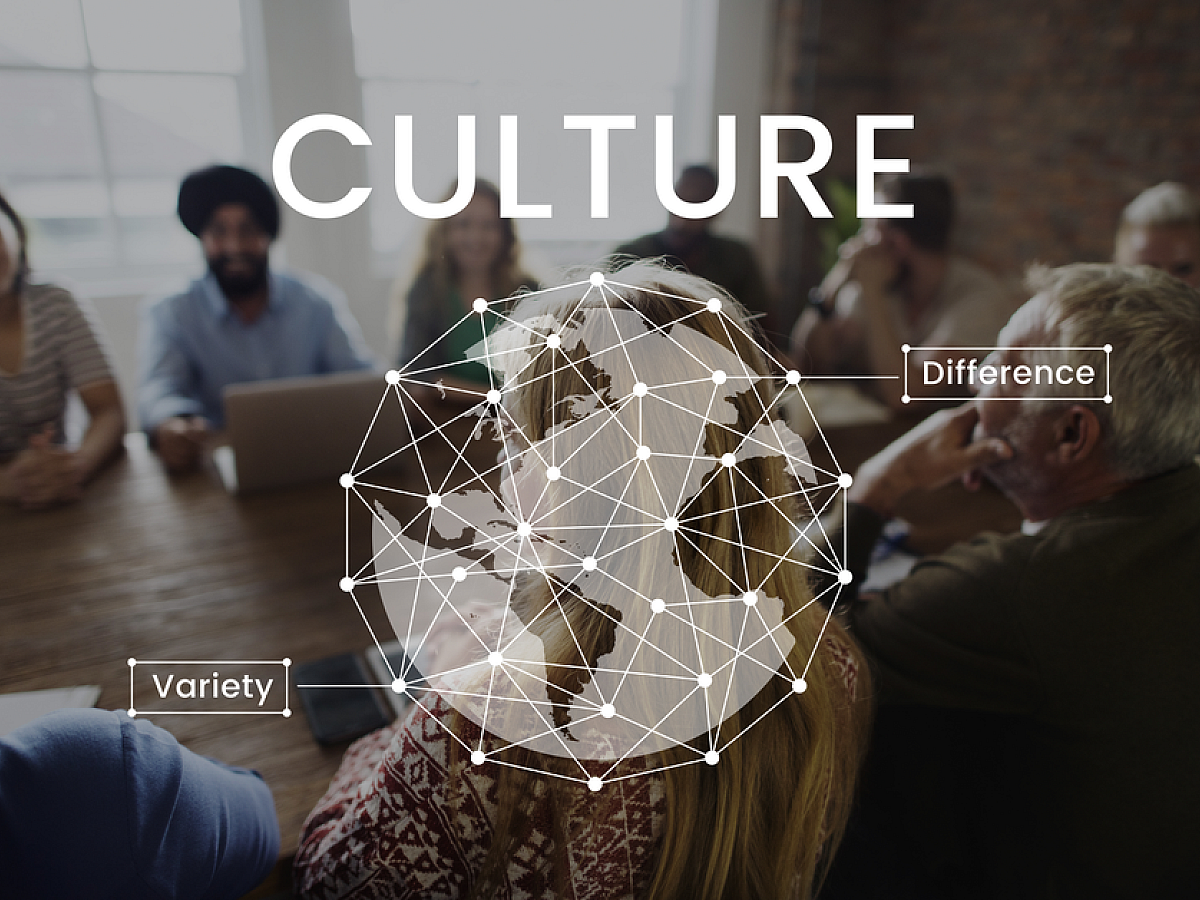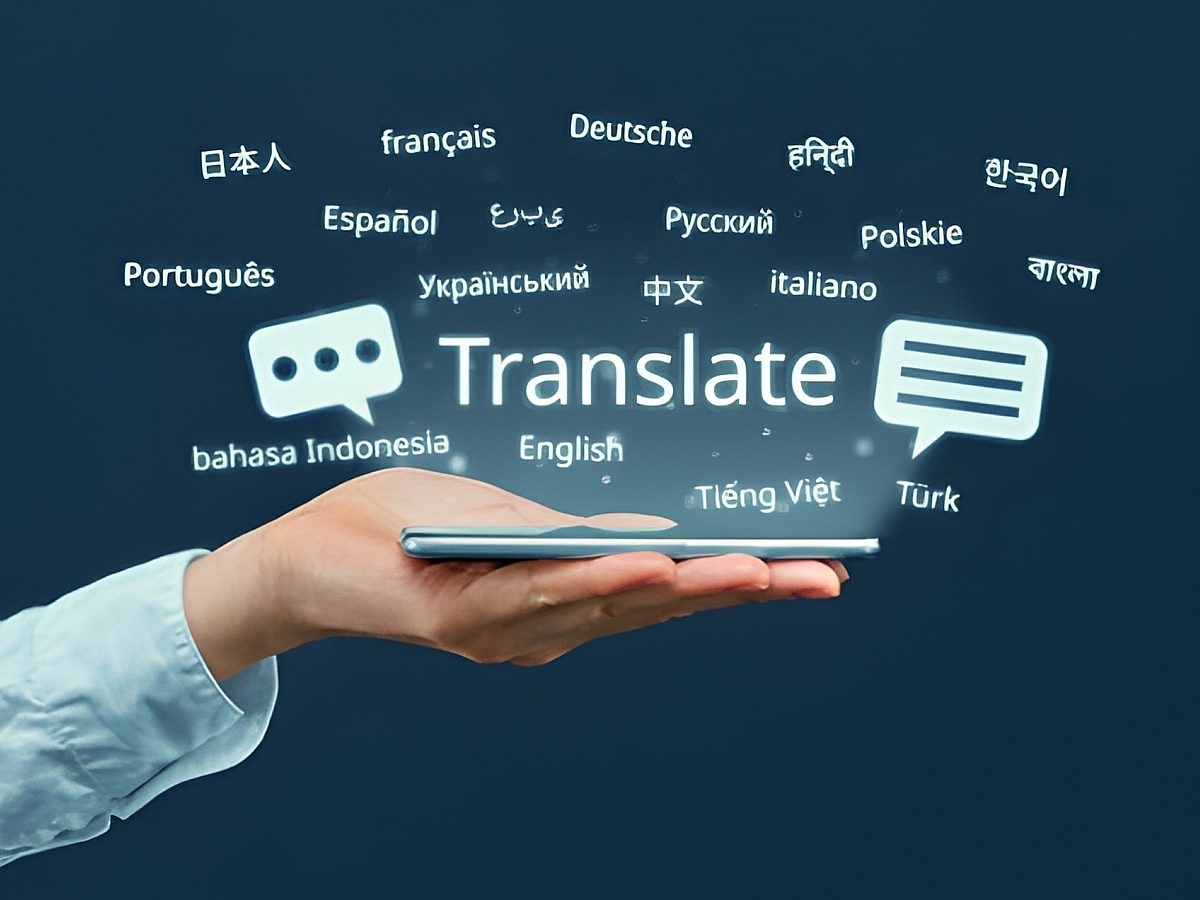The world is more connected than ever, and the demand for seamless cross-border communication is at an all-time high. For globalized businesses, legal institutions, and compliance-driven sectors, translation is no longer a luxury—it’s a necessity. But legal translation introduces unique challenges with far-reaching implications. Inaccuracies, poor process management, or a lack of regulatory understanding can have serious legal, financial, and reputational consequences.
In this in-depth blog post, we’ll explore the intricacies of legal translation, examine real-world scenarios, and provide actionable strategies to overcome sector-specific hurdles—empowering organizations to operate confidently across languages and jurisdictions.
Understanding Legal Translation: More Than Just Words
Legal translation is the process of rendering legal documents and communications from one language to another, capturing not just words but their full legal meaning, force, and context.
Contracts, statutes, case law, codes of conduct, patents, witness statements, and court judgments are just a few examples of documents requiring expert translation.
Errors are not an option: A single misinterpreted clause can render a contract void, jeopardize an international deal, or expose a company to litigation.
Key Aspects That Make Legal Translation Unique
Terminology: Legal language is filled with specialized jargon, archaic expressions, and language that can be interpreted based on context.
Jurisdictional Nuances: Laws, terms, and definitions differ between legal systems, even within the same language.
Certification & Notarization: Many jurisdictions require translated documents to be notarized or officially certified to ensure authenticity.
Confidentiality: Handling sensitive or privileged information requires strict data security and privacy protocols.
Real-World Case Study: Avoiding Litigation Through Accurate Legal Translation
Consider a financial services firm entering a partnership with a client based in France. All agreements, regulatory compliance materials, and KYC (Know Your Customer) documentation must be translated from English to French, certified under EU legal standards.
A single mistranslation in a clause relating to data privacy responsibilities could:
Invalidate consent
Fail to comply with GDPR obligations
Open the door to hefty fines and lawsuits
With a professional translation partner like Wolfestone:
Experienced linguists specializing in legal translation ensure context-specific accuracy.
Integrated certification procedures meet both UK and EU authentication requirements.
Secure translation management systems safeguard client confidentiality.
Common Legal Translation Challenges (and How to Overcome Them)
1. Multijurisdictional Complexity
Challenge: Laws and definitions differ across regions. For example, the term “attorney” may have different meanings or no exact counterpart in another country.
Solution: Engage translators with deep legal expertise and experience in the target jurisdiction(s). A translator who simply knows the language—but not the law—can introduce errors. Wolfestone’s linguists are qualified in both law and translation, ensuring meaning is maintained in the correct context.
2. Time Sensitivity & Volume
Challenge: Legal documents often need to be translated urgently due to court deadlines or last-minute negotiations.
Solution: Advanced translation memory and project management tools enable rapid turnaround without sacrifice in quality. By leveraging previous translations and AI-powered TM (translation memory), Wolfestone delivers urgent projects on time and with human-vetted accuracy.
3. Certified and Sworn Translation Requirements
Challenge: Many institutions require translations to be performed by certified, sworn translators or require notarization.
Solution: Work with a partner who can organize certified/swearing-in procedures as needed, and provide official stamps, signatures, and documentation that meet international standards.
4. Maintaining Confidentiality
Challenge: Legal documents frequently contain privileged or sensitive information, demanding the highest standards of data protection.
Solution: Utilize ISO 27001-certified workflows, secure translation management systems, and robust NDAs to guarantee total confidentiality at every stage.
Best Practices for Legal Translation Projects
A. Early Planning & Briefing
Involve translators early in the process—even before the final version of the source document.
Share glossaries, style guides, and relevant background to ensure accuracy and consistency.
Specify all jurisdictions and legal frameworks involved.
B. Build In Quality & Review
Insist on multi-tier review: All translations should be checked by a second legal expert.
Parallel review by in-house counsel: Internal legal teams should validate translated documents for regulatory and business needs.
C. Embrace Technology—But Prioritize Human Expertise
Smart use of translation management systems and translation memory tools can streamline workflow.
However, for legal translation, human expertise remains essential to catch nuances, double meanings, and context that AI might miss.
D. Partner With Industry Specialists
Not all translation agencies are equal. Choose a partner that demonstrably understands your legal domain, compliance requirements, and local regulations.
Ask about relevant case studies and client success stories.
Legal Translation in the Age of AI—A Changing Landscape
AI-driven solutions are transforming the legal translation landscape. Neural machine translation (NMT) engines, like those used and vetted by Wolfestone, can improve speed and reduce repetitive work. But for legal content, AI is a tool, not a replacement for human expertise.
The Human-in-the-Loop Model
AI handles volume and repetition.
Expert linguists verify, edit, and contextualize every translation.
This hybrid approach ensures efficiency without risking legal integrity.
Keeping Pace With Regulatory Change
AI systems are only as good as their datasets. For legal translation, these must be updated with the latest changes in case law, statutes, and compliance frameworks. Wolfestone’s translation memory tools are consistently updated, and linguists receive ongoing legal training.
Global Legal Trends Shaping Translation Needs
GDPR and data privacy laws require accurate, timely translation of privacy policies and consent forms for businesses operating in Europe.
Cross-border M&A and commercial contracts: As international business expands, precise translation of contracts, disclosures, and due diligence reports is paramount.
Litigation and eDiscovery: Translated evidence, affidavits, and court submissions can be the deciding factor in high-stakes disputes.
How Wolfestone Delivers for Legal Clients
Case Study: Supporting a Multinational Law Firm
A large UK-based law firm needed to translate court documents, legal briefs, and confidential settlement agreements into multiple languages on a tight timeframe. Wolfestone delivered:
A dedicated legal translation team with sector-specific knowledge,
Certified translations meeting all official court requirements,
End-to-end data security and client confidentiality,
24/7 project management support for time-sensitive filings.
The result: Flawless translations, rapid turnaround, and a successful case outcome.
Actionable Tips for Legal Teams and Compliance Officers
Audit your translation workflows: Identify potential risks in current processes and prioritize improvements.
Develop legal glossaries: Build a shared library of commonly-used terms (with approved translations) to ensure consistency across documents and cases.
Schedule regular briefings: Update your translation partner on key legal/regulatory changes affecting your business.
Promote cross-team collaboration: Legal, compliance, and translation teams should meet regularly to align on risk and quality standards.
Why Choose Wolfestone for Legal Translation?
ISO 17100-certified for translation quality.
Sector-specialist linguists—legal translators are also legal professionals or have extensive legal sector experience.
Security-first approach—ISO 27001 certification and GDPR compliance.
Transparent, scalable solutions—from single affidavits to full-scale litigation support.
Final Thoughts: The Value of a Trusted Partner
Legal translation is a high-stakes discipline where getting it right—every time—is crucial. Accurate, secure, and context-aware translation supports global dealmaking, regulatory compliance, and robust risk management. By working with an expert partner, legal teams and multinational organizations gain peace of mind and the confidence to operate on a truly global stage.
Ready to discuss your legal translation needs?
Contact Wolfestone today for a free consultation and see how our expertise can keep your business secure, compliant, and one step ahead in every market.



